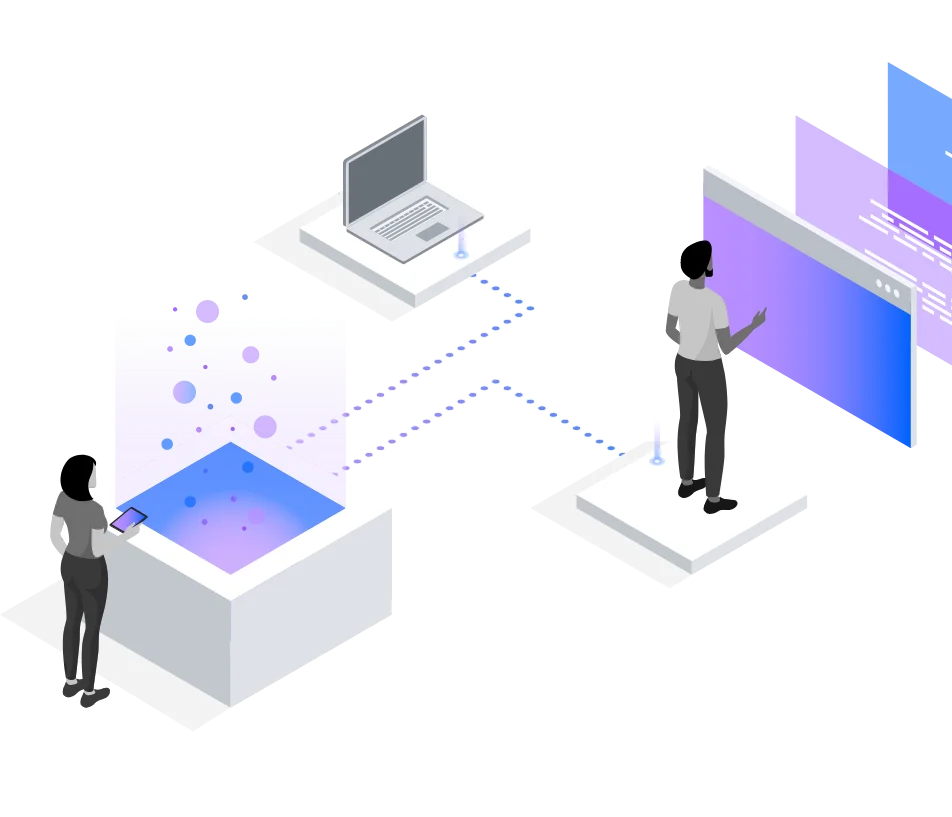The following cybersecurity incident statistics presented by CSO Online demonstrate just how widespread cybersecurity incidents have become and how important it is to have a response program in place:
94%
of malware is delivered by email.
80%
of reported security incidents are phishing attacks.
$17,700
is lost every minute due to phishing.
60%
of breaches involve vulnerabilities for which a patch was available but not applied.
x3
attacks on IoT devices tripled in the first half of 2019.
256%
Fileless attacks grew by 256% over the first half of 2019.
$3.92 million
Data breaches cost enterprises an average of $3.92 million.
$2.6 million
The average malware attack costs victims up to $2.6 million.
40%
of IT leaders say cybersecurity jobs are the hardest to fill.
A security incident can occur when one of your employees opens a malicious email, when one of your company computers accesses an unsecured network, when a hacker exploits a vulnerability in one of your operating systems, or even when someone on the inside of your company leaks sensitive data. Incident response is designed to address all these scenarios and more.




